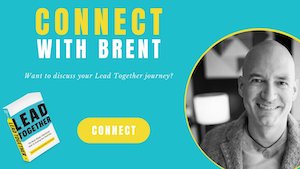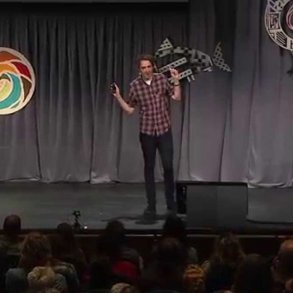By Brent Lowe and originally published at leadtogether.co
Power is woven through all our relationships, shaping our interactions and permeating our organizations. Rarely, however, do we acknowledge it. It’s easy to have good intentions and still build an organization full of powerless people.
Power is an emotive issue in organizations. Individuals who feel disempowered experience frustration and resentment, while those with power often struggle to manage their positional authority.
Today, the structures that have traditionally shaped power dynamics in organizations are being challenged by new models of leadership. But what are these emerging forms of leadership? And how do they influence traditional power paradigms?
Escaping Command and Control: The Allure of Self-Managing Organizations
Self-managing organizations are increasingly popular. They provide leaders with an alternative to the hierarchical “command and control” structures which characterize most mainstream companies.
The utopian or perhaps idealistic view is that self-managing organizations have some magical and automatic power sharing structure. They don’t. Not automatically. Human nature is complex and change requires intention, self-awareness and emotional maturity.
Before being able to decentralise power, we need to understand our own “power cards”, how people express power in a work context. What’s constructive? How can we change? And how can we help others to tap into power in a way that’s healthy?
Four Expressions of Power Present In Any Organization
Power shows up in our own behaviors and those of others in four different ways: power over, power for, power with and power among.
Power over is typically what we experience in traditional command and control environments / traditional hierarchies. It’s the directive and controlling approach one person (such as a boss) takes over another. In this dynamic, one person dictates while the other is coerced to follow regardless of their feelings.
Power for comes into play when one person advocates on behalf of another. In a work context, a more seasoned team member may make decisions on behalf of a colleague who is still learning their role. When we work collaboratively to make decisions and negotiate resources, we are exhibiting power with.
All of the expressions of power above exist in a transactional paradigm. In all three, a finite amount of power is divided between two or more people. Power among is much more expansive. Fully self-organizing systems operate with power flowing among and through system participants. One person can use their power to advance the interests of the organization without anyone else feeling powerless.

The journey from here
We are on a modern journey of discovering a new relationship to work and leadership. In Lead Together we unpack expressions of power and other elements of this emerging paradigm by introducing experiments and sharing stories.
We invite you to carve your own unique path for your company. Don’t force it. Notice and document. Reflect and iterate. As long as you work consciously and with intention, the right path for your team will emerge.





